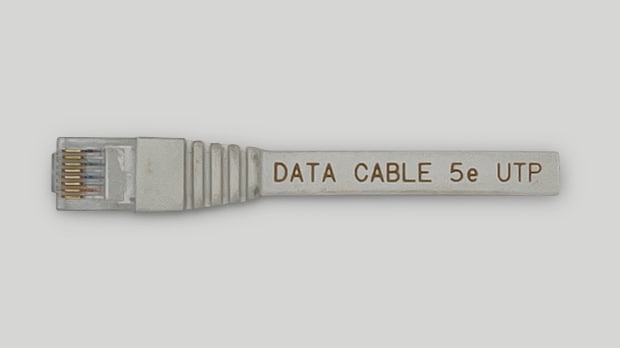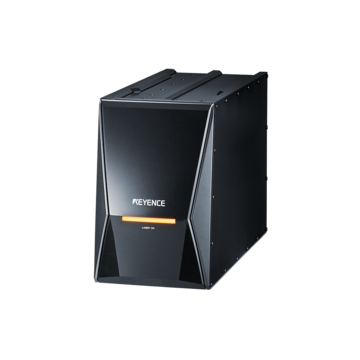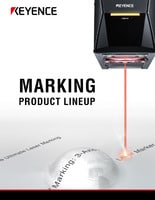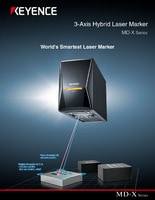Industrial Laser Marking Systems / Laser Markers
Rubber Marking
-
Tags:
- Laser Engraving , Laser Etching , Automotive
Rubber, a necessary raw material for producing a myriad of products, is loved for its high strength, durability, and flexibility. From medical devices to automobile parts, children’s toys to clothes, and beyond, numerous industries rely on this material but require an effective way to mark their rubber parts.
What is Rubber Marking?
Rubber marking is the process of marking barcodes, logos, or characters directly on a rubber product. Ink printers or stamps can be used when rubber marking; however, laser engraving rubber marks onto your products is more advantageous. Using a laser marking machine for laser engraving rubber is an ideal choice because of its durability, versatility, and efficiency.
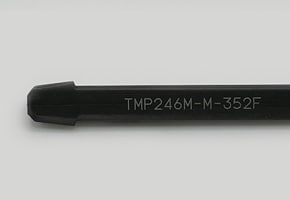
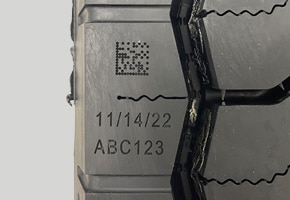
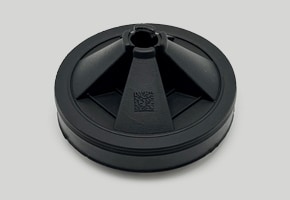
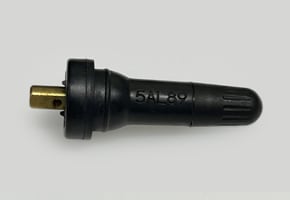
We’re here to provide you with more details.
Reach out today!

Rubber Marking
A few common rubber products are hoses, tires, water pipes, and wiper blades, all of which are exposed to environmental conditions like rain, dust, dirt, and oil. Laser engraving rubber is a permanent mark that is resistant to all environmental factors and will not fade over time with exposure.
Laser Marking Rubber for Traceability
In the United States, almost every industry follows governmental regulations for traceability marks. In some, like the medical device industry, the marks are 2D codes. Others, like the automotive industry, require text of manufacturing information.
Regardless of the industry, these marks are expected to last as long as the product does. A worn-down mark can negatively affect the consumer, the product, and the producers. From the possibility of using an expired product to being unable to nail down the source of an ineffective product—losing traceability marks is a considerable threat.
Laser marking traceability marks on rubber products is a guaranteed solution for compliant marks. Other rubber marking methods may claim permanency, but that doesn’t always mean the marks consistently stay in high contrast. Laser marking rubber, however, is permanent and highly contrasted, meaning the permanent mark is also permanently readable. These marks withstand all exposure, from bodily fluids in catheter tubes to oil on tires and natural elements on hoses and aerospace parts.
Discover more about this product.
Click here to book your demo.

KEYENCE’s Benefits of Laser Rubber Marking
Increased Flexibility with Rubber Shape
Rubber is known for its flexibility in shapes, sizes, and forms. When using a laser marker, such as KEYENCE’s 3-Axis CO2 Laser Marker ML-Z Series or 3-Axis Hybrid Laser Marker MD-X Series, laser engraving rubber variations is easy with 3-Axis control.
3-Axis control guides the laser's three-dimensionality to match the shape. Because of this, the laser can accurately mark stepped, inclined, cylindrical, and conical targets without distortion.
Increased Efficiency
Using a laser marker for laser engraving rubber is far more efficient than stamping or printing, saving time and money. Laser marking machines do not use any consumables like ink, ribbon, or paper for adding a mark. There is no refilling the machine with new materials or tooling changes.
The MD-X Series can auto-correct based on positioning, size, and shape. Also, if the laser marking machine notices the wrong product or a defect, it will not mark the product. Because of this, there is less changeover time for stopping and starting machines for correction.
More Than Just Marking
Rubber marking is a popular use for laser marking machines, but these machines also laser cut rubber. The high-powered beam sears through the rubber, leaving a perfect cut without burrs.
Laser Rubber Marking Process
3-Axis CO2 Laser Marker ML-Z Series
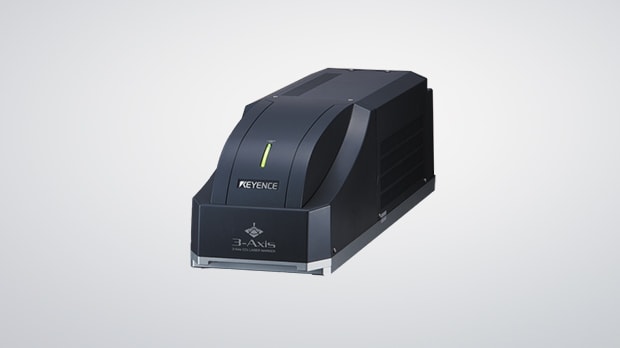
The CO2 laser works by using heat to process CO2 in a tube. Next, the electrical discharge in the tube generates plasma between a reflective mirror and the output coupler. Then, the plasma hits materials, and the material absorbs the light. CO2 lasers work well with heat-resistant materials because of the high absorption rate.
3-Axis Hybrid Laser Marker MD-X Series
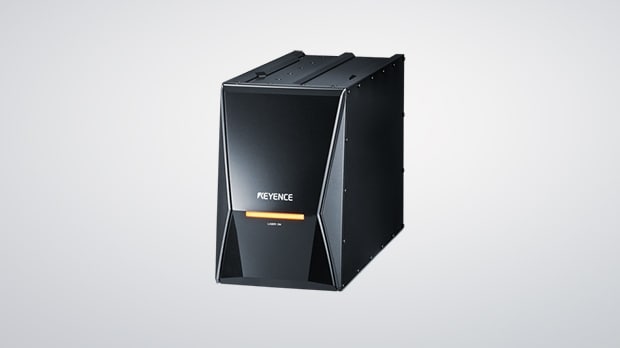
The hybrid laser marker works by combining the high peak power and depth of focus of a YVO4 laser and the high output of a fiber laser. Together, this creates a high output and short pulse laser with a peak power of 200 kW. Since natural rubber has low heat resistance, using the MD-X is an efficient way to mark natural rubber products.
Get detailed information on our products by downloading our catalog.
View Catalog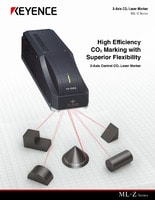

Laser Rubber Marking Capabilities
Synthetic Rubber: Wiper Blade
Synthetic rubber has high heat and chemical resistance. As an example, wiper blades are made from synthetic rubber because of exposure to friction and other environmental conditions. Because of the high heat absorption of a CO2 laser, using the ML-Z laser on a wiper blade is key for etching marks that will withstand the conditions wiper blades are in.
Natural Rubber: Rubber Hose
Natural rubber is known for its elasticity and low heat resistance. Rubber hoses are made from natural rubber because of the need for this type of elasticity. Because of the high peak power and flexibility of the hybrid laser, using the MD-X to mark rubber hoses is perfect for discoloring the rubber for permanent marks.
Leaders in Laser Marking Rubber
If you’re wasting time and money printing, stamping, and labeling your rubber products multiple times throughout their lifecycle, better options are available. Switch to a laser marking machine for a one-and-done rubber marking solution. Even if your organization has never used a laser before, don’t fret—at KEYENCE, our knowledgeable team will give you a demo and answer any questions. Contact us today to get started!
Contact us to learn more about how our advanced technology can help take your business to the next level.
Contact Us

